Chestnut trees, with their majestic stature and bountiful harvests, have captivated our imaginations and palates for centuries. In this article, we will explore the wonderful world of chestnut trees, specifically those that thrive in North Texas.
From the different types of chestnut trees and their unique attributes and everything else chestnut related, let us embark on a journey to discover the beauty and rewards of chestnut trees.
Types of Chestnut Trees that Grow in North Texas
Several chestnut tree varieties flourish in North Texas, including the Chinese chestnut (Castanea mollissima), American chestnut (Castanea dentata), and hybrids like the Colossal and Qing chestnuts.
Each type offers distinctive characteristics in terms of tree size, nut flavor, and resistance to diseases, offering an array of options for tree enthusiasts and entrepreneurs alike.
Are Chestnuts a Cash Crop?
Indeed, chestnuts have the potential to be a profitable cash crop due to their high demand and versatility in various culinary applications.
The increasing popularity of locally-sourced, organic foods has driven the demand for fresh chestnuts, creating opportunities for farmers and orchard owners to cultivate these delectable nuts for commercial purposes.
Have an excess of land? Interested in learning more about growing Chestnut trees for profit? Read this blog post, “Growing Chestnuts as a Cash Crop.”
Best Ways to Use Chestnuts
Chestnuts can be used in a myriad of delicious dishes, both sweet and savory. Roasted chestnuts are a classic winter treat, while chestnut flour can be utilized in baking.
Chestnut puree adds richness and depth to desserts, and chestnut stuffing is a flavorful addition to poultry dishes. The distinct taste and smooth texture of chestnuts make them a versatile ingredient that can elevate any dish.
Things to Keep in Mind When Growing Chestnut Trees
Successful cultivation of chestnut trees requires attention to certain key factors. Ensuring well-drained soil, providing adequate sunlight, and selecting disease-resistant varieties are essential considerations.
Additionally, regular irrigation, proper pruning, and implementing pest control measures are crucial for optimal tree health and nut production.
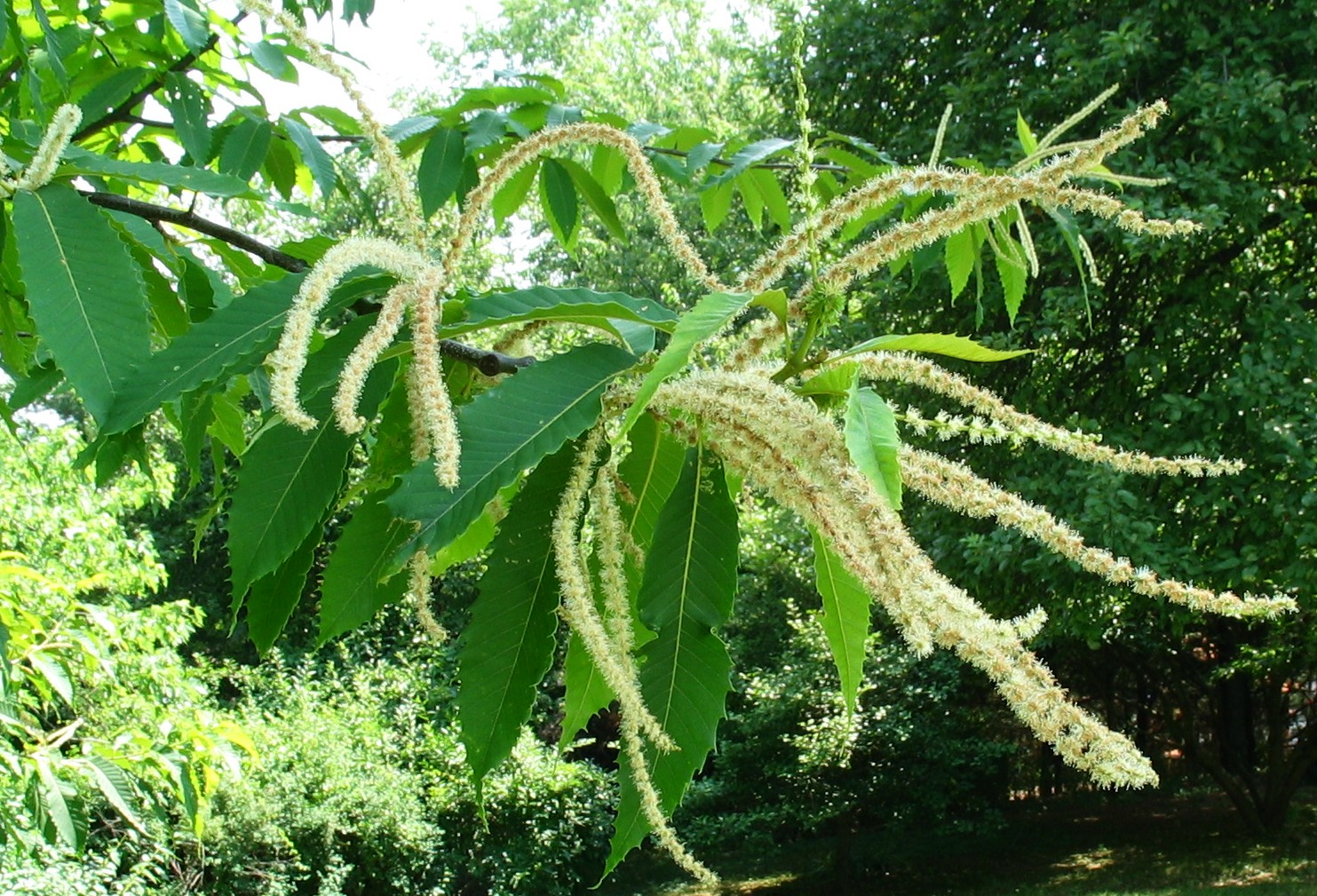
When Do the Trees Start Bearing Fruit
Chestnut trees typically begin to bear fruit around 3 to 5 years of age, although full production may take a few more years. Patience and care during the initial stages are necessary to establish healthy trees that will provide abundant harvests for years to come.
How to Select a Site for My Chestnut Tree?
When selecting a site, consider factors such as soil composition, sun exposure, and proximity to other trees. Chestnut trees thrive in well-drained soil with a slightly acidic pH.
Chestnut trees do not like clay soil. North Texas is known for having extremely compacted clay soil. Try to amend your soil by adding organic matter. This will take multiple times of amending the soil before an optimal soil composition is reached.
They require ample sunlight, preferably 6 to 8 hours a day. Avoid planting near buildings or other trees that may shade or crowd the chestnut tree.
The American Chestnut Foundation (2015) states: chestnuts are shade tolerant but shade is not optimal; plant them in full sunlight, at least 10 feet away from adjacent woodlands. Full sun will encourage the tree to grow quickly. Chestnuts will only flower in full sun. Weed the area where you are planting very well. You don’t want other species of plants stealing the resources from your chestnut. A weed-free space about 3-feet in diameter is good for young trees. As the tree grows it should shade out competing vegetation (para 3).
Planting and Growing Tips
When planting a chestnut tree, it is important to choose a site with sufficient sunlight and well-drained soil. The tree should be spaced adequately to allow for proper growth.
Regular watering, mulching, and fertilizing are essential for tree establishment. Growing chestnut trees also require regular pruning to shape the canopy and remove any dead wood.
Speaking of planting, we offer a seasonal flower planting service. Contact us today to find out more.
Pruning and Maintenance
Pruning and regular maintenance of chestnut trees are essential to ensure optimal growth and nut production. Annual pruning helps to shape the tree canopy, promote airflow to reduce the risk of disease, and remove any damaged or diseased wood.
It is best to prune during the dormant season, before the start of spring growth. We offer a tree and shrub trimming service that cannot be beat.
Regular fertilization and irrigation are also crucial to keep the tree healthy and vigorous. Chestnut trees often require additional nitrogen fertilization to ensure maximum nut production.
Pest control measures, such as spraying with insecticides or using pheromone traps, may be necessary to prevent damage from chestnut weevils or other pests. When properly pruned and maintained, chestnut trees can yield abundant harvests for many years.
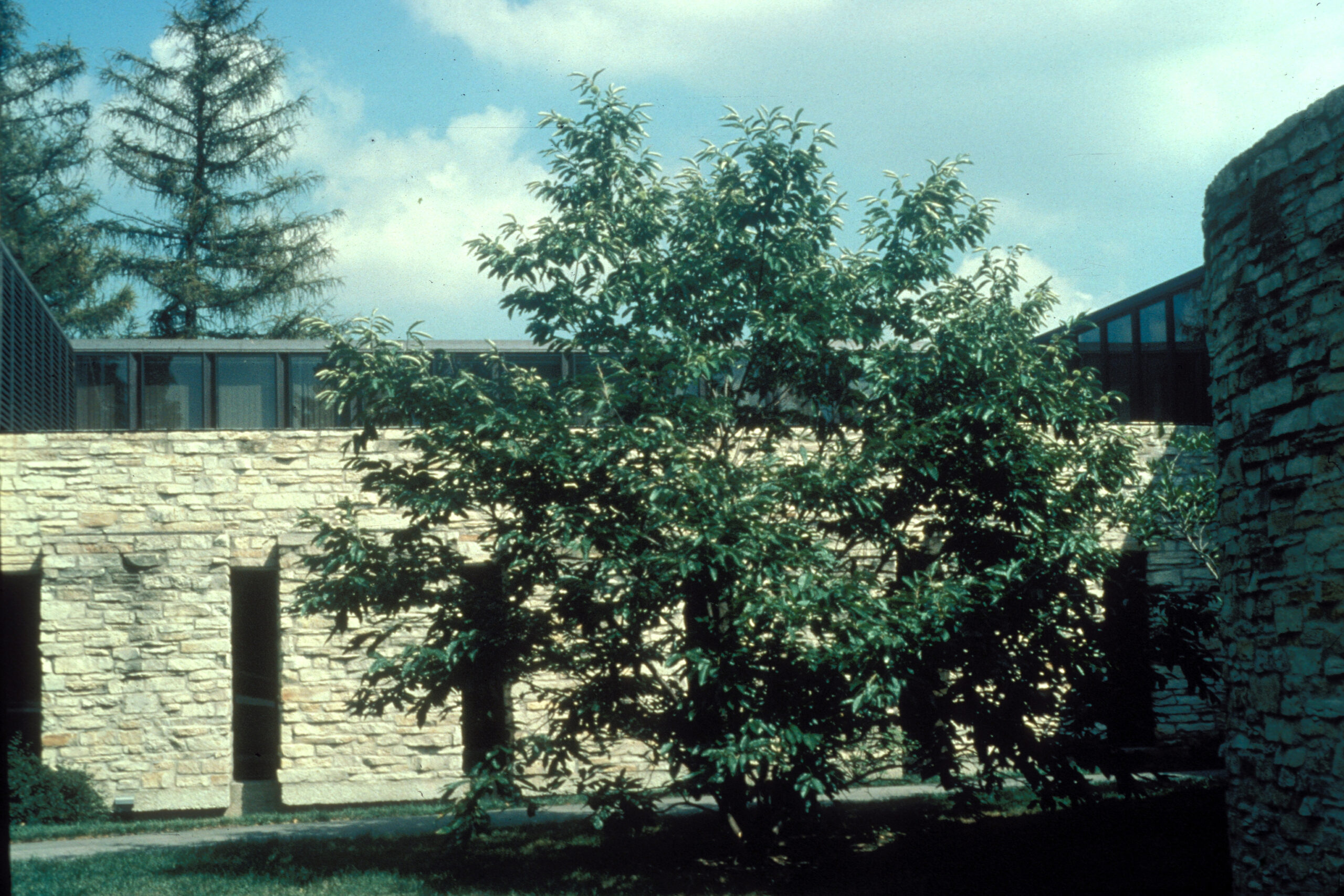
Pests and Diseases
Chestnut trees, with their stately beauty and delicious harvests, are a prized addition to any landscape. However, behind their majestic facade lies an ever-present danger – the silent threats of pests and diseases that can wreak havoc on these magnificent trees.
From the notorious chestnut blight, stealthily creeping through forests and decimating entire groves. To the sneaky Asian Chestnut Gall Wasp, secretly colonizing and damaging young shoots. The world of chestnut tree cultivation is not without its battles.
Schneider (2023) informs us that thanks to an endemic fungus, about 4 billion American chestnut trees were killed off within 40 years beginning in 1904. The loss of so many trees not only affected the ecosystems they grew in, but the flourishing timber industry, too.
But fear not, for knowledge and awareness are our weapons in this fight. Sometimes a tree becomes infected or infested beyond the point of return. If you ever find yourself in need of a tree removal service, contact us right away.
Conclusion
Chestnut trees, with their rich history, delicious harvests, and economic potential, are a captivating addition to any landscape or orchard. Whether you are passionate about sustainable farming, culinary delights, or simply want to enjoy the beauty of these majestic trees, exploring the world of chestnut trees is a journey worth embarking upon.
By understanding different varieties, cultivation techniques, and the versatility of chestnuts, you can have a thriving chestnut tree that brings joy, flavors, and perhaps even a profitable harvest to your life.
So, plant a chestnut tree, nurture it with care, and watch it grow into a source of pride and delicious abundance.
References
Schneider, K. (2023, December 26). Scrub Hub: what is being done in indiana to bring back american Chestnut trees? Indy Star. https://www.indystar.com/story/news/2023/12/26/scrub-hub-what-is-being-done-to-bring-back-american-chestnuts-trees/71878411007/
The American Chestnut Foundation (2015, June). How to grow your chestnuts. The American Chestnut Foundation. https://tacf.org/wp-content/uploads/2016/09/How-To-Grow-Your-Chestnuts_FINAL.pdf
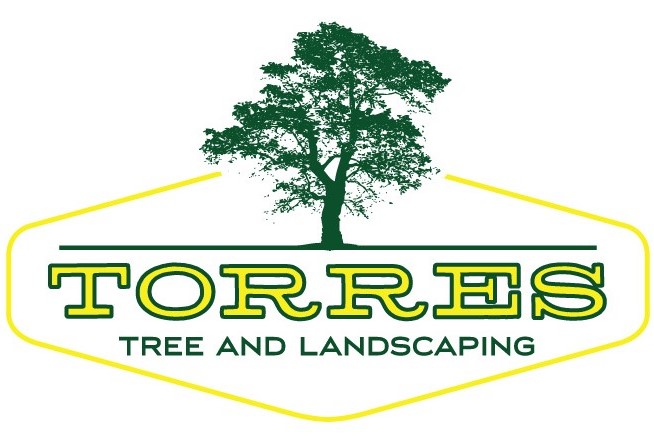
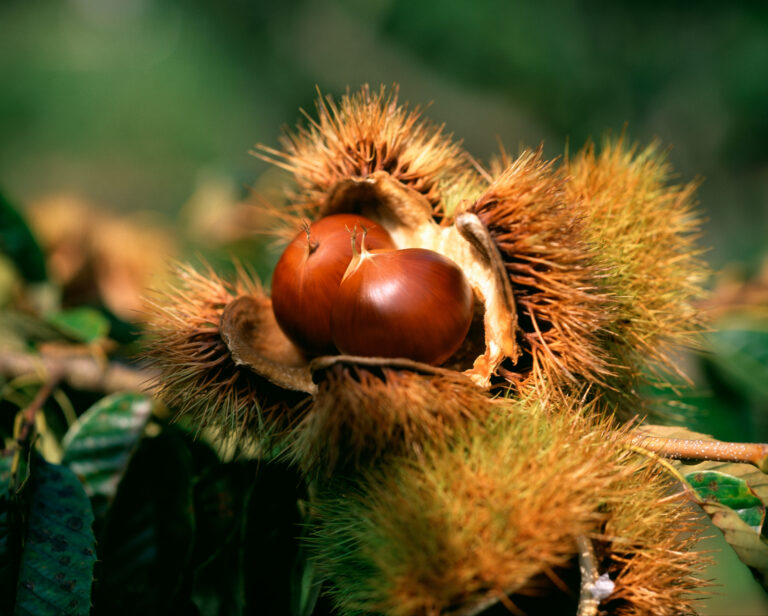
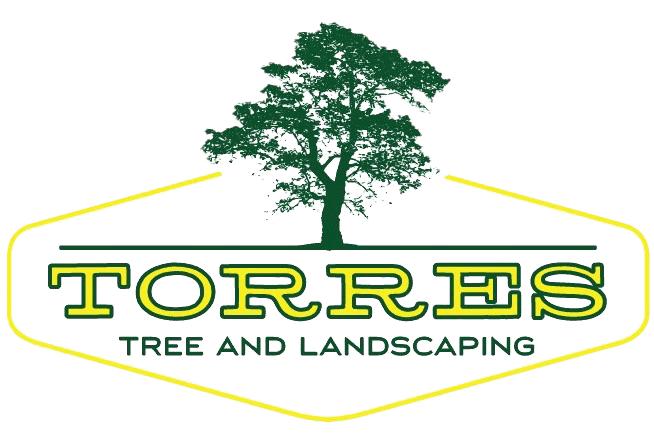
2 Responses
I am growing chestnut trees from seeds I collect here in Washington state they are any where from 3 to five foot in height I will collect more seed in the fall and plant again next year
What type of firtilizer should I use